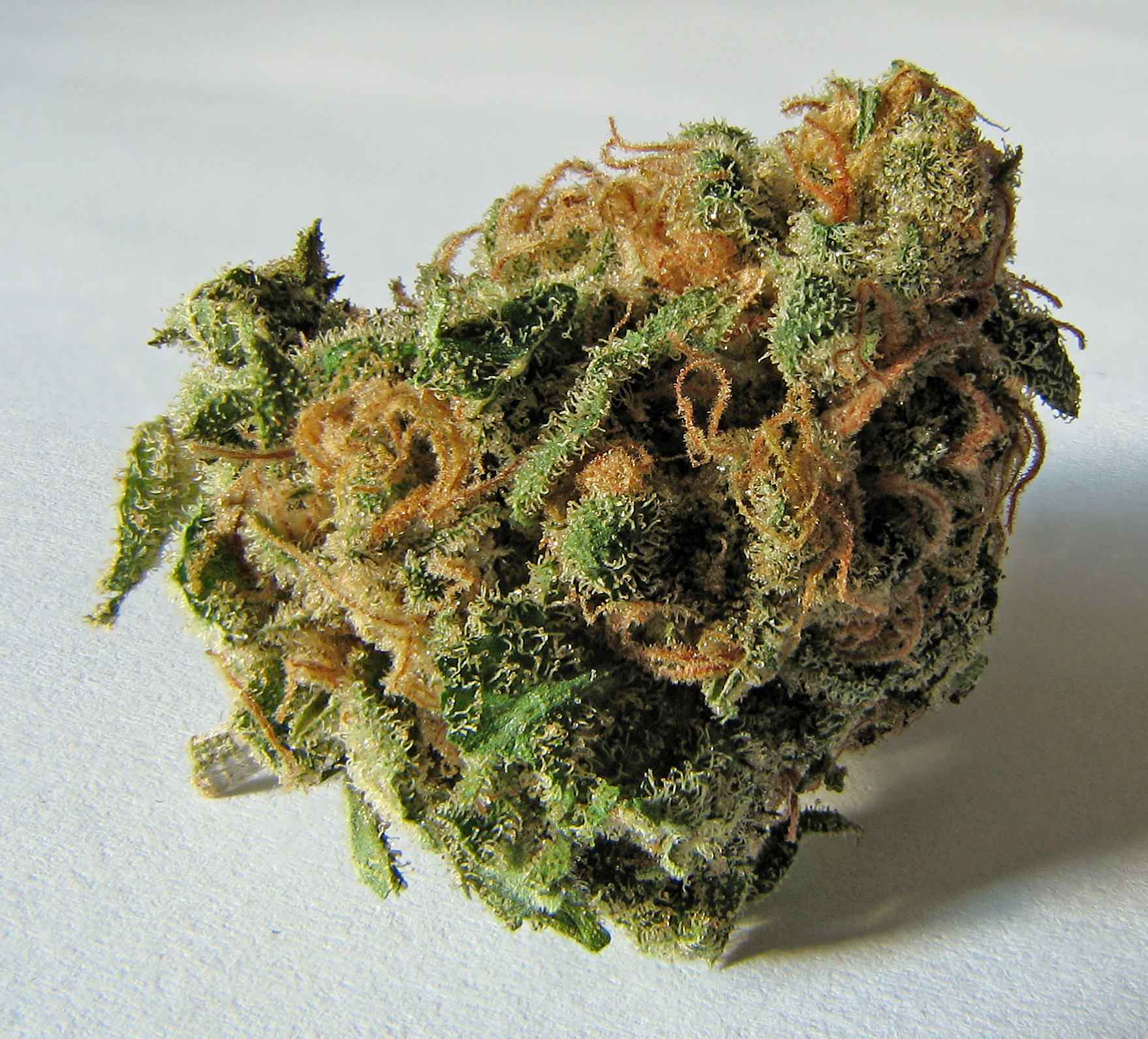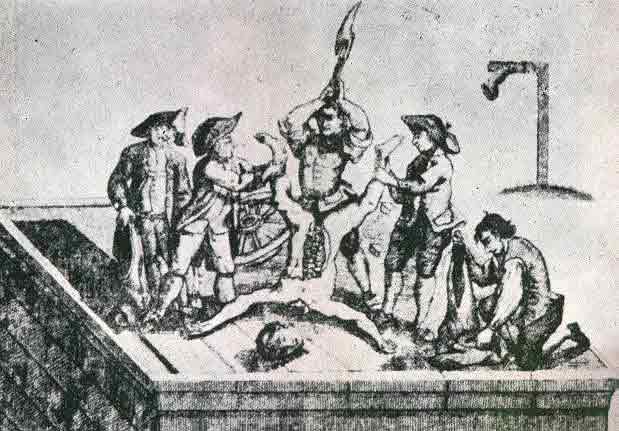|
Counterfeiting Coin Act 1797
The Counterfeiting Coin Act 1797 (37 Geo.3 c.126) was an Act of the Parliament of Great Britain which made it high treason to counterfeit copper coins. The Counterfeiting Coin Act 1741 had already made it treason to counterfeit some copper coins, namely halfpennies and farthings, but counterfeiting other copper coins was only a misdemeanour. On 19 July 1797 Parliament extended the scope of that Act to cover all coins made of copper. The Acts are now repealed. The long title of the 1797 Act was "An act to prevent the counterfeiting any copper coin in this realm made, or to be made, current by proclamation, or any foreign gold or silver coin; and to prevent the bringing into this realm, or uttering, any counterfeit foreign gold or silver coin." Provisions Offences Section 1 extended to all copper coins the provisions of the 1741 Act which applied to halfpennies and farthings. (That Act had made it high treason to file, alter, wash or colour halfpennies or farthings, or to ma ... [...More Info...] [...Related Items...] OR: [Wikipedia] [Google] [Baidu] |
Act Of Parliament
Acts of Parliament, sometimes referred to as primary legislation, are texts of law passed by the Legislature, legislative body of a jurisdiction (often a parliament or council). In most countries with a parliamentary system of government, acts of parliament begin as a Bill (law), bill, which the legislature votes on. Depending on the structure of government, this text may then be subject to assent or approval from the Executive (government), executive branch. Bills A draft act of parliament is known as a Bill (proposed law), bill. In other words, a bill is a proposed law that needs to be discussed in the parliament before it can become a law. In territories with a Westminster system, most bills that have any possibility of becoming law are introduced into parliament by the government. This will usually happen following the publication of a "white paper", setting out the issues and the way in which the proposed new law is intended to deal with them. A bill may also be introduced in ... [...More Info...] [...Related Items...] OR: [Wikipedia] [Google] [Baidu] |
Parliament Of Great Britain
The Parliament of Great Britain was formed in May 1707 following the ratification of the Acts of Union by both the Parliament of England and the Parliament of Scotland. The Acts ratified the treaty of Union which created a new unified Kingdom of Great Britain and created the parliament of Great Britain located in the former home of the English parliament in the Palace of Westminster, near the City of London. This lasted nearly a century, until the Acts of Union 1800 merged the separate British and Irish Parliaments into a single Parliament of the United Kingdom with effect from 1 January 1801. History Following the Treaty of Union in 1706, Acts of Union ratifying the Treaty were passed in both the Parliament of England and the Parliament of Scotland, which created a new Kingdom of Great Britain. The Acts paved the way for the enactment of the treaty of Union which created a new parliament, referred to as the 'Parliament of Great Britain', based in the home of the former Eng ... [...More Info...] [...Related Items...] OR: [Wikipedia] [Google] [Baidu] |
High Treason
Treason is the crime of attacking a state authority to which one owes allegiance. This typically includes acts such as participating in a war against one's native country, attempting to overthrow its government, spying on its military, its diplomats, or its secret services for a hostile and foreign power, or attempting to kill its head of state. A person who commits treason is known in law as a traitor. Historically, in common law countries, treason also covered the murder of specific social superiors, such as the murder of a husband by his wife or that of a master by his servant. Treason (i.e. disloyalty) against one's monarch was known as ''high treason'' and treason against a lesser superior was ''petty treason''. As jurisdictions around the world abolished petty treason, "treason" came to refer to what was historically known as high treason. At times, the term ''traitor'' has been used as a political epithet, regardless of any verifiable treasonable action. In a civil war or ... [...More Info...] [...Related Items...] OR: [Wikipedia] [Google] [Baidu] |
Counterfeit
To counterfeit means to imitate something authentic, with the intent to steal, destroy, or replace the original, for use in illegal transactions, or otherwise to deceive individuals into believing that the fake is of equal or greater value than the real thing. Counterfeit products are fakes or unauthorized replicas of the real product. Counterfeit products are often produced with the intent to take advantage of the superior value of the imitated product. The word ''counterfeit'' frequently describes both the forgeries of currency and documents as well as the imitations of items such as clothing, handbags, shoes, pharmaceuticals, automobile parts, unapproved aircraft parts (which have caused many accidents), watches, electronics and electronic parts, software, works of art, toys, and movies. Counterfeit products tend to have fake company logos and brands, which results in patent or trademark infringement in the case of goods. They also have a reputation for being lower quality, ... [...More Info...] [...Related Items...] OR: [Wikipedia] [Google] [Baidu] |
Counterfeiting Coin Act 1741
The Counterfeiting Coin Act 1741 (15 Geo. 2 c. 28) was an Act of the Parliament of Great Britain which made it high treason to counterfeit silver, copper or brass coins, where previously the crime of counterfeiting such coins had been a misdemeanor. Its long title was ''An act for the more effectual preventing the counterfeiting of the current coin of this kingdom, and the uttering or paying of false or counterfeit coin.'' It has since been repealed. Reason for the Act Section 2 of the Act began with an explanation for why the Act was necessary: Provisions Offences Sections 1, 2, 6, 7 and 8 of the Act came into force on 29 September 1742. Section 1 made it high treason to "wash, gild or colour any of the lawful silver coin called a shilling or a sixpence, or counterfeit or false shilling or sixpence," or alter such a coin to make it look like a "lawful gold coin called a guinea" or half-guinea, or to file, alter, wash or colour "any of the brass monies called halfpennie ... [...More Info...] [...Related Items...] OR: [Wikipedia] [Google] [Baidu] |
Halfpenny (British Pre-decimal Coin)
The British pre-decimal halfpenny, (pronounced ), historically also known as the obol and once abbreviated ''ob.'' (from the Latin 'obulus'), was a denomination of sterling coinage worth of one pound, of one shilling, or of one penny. Originally the halfpenny was minted in copper, but after 1860 it was minted in bronze. In the run-up to decimalisation it ceased to be legal tender from 31 July 1969. The halfpenny featured two different designs on its reverse during its years in circulation. From 1672 until 1936 the image of Britannia appeared on the reverse, and from 1937 onwards the image of the Golden Hind appeared. Like all British coinage, it bore the portrait of the monarch on the obverse. "Halfpenny" was colloquially written ''ha’penny'', and "''d''" was spoken as "a penny ha’penny" or ''three ha’pence'' . "Halfpenny" is a rare example of a word in the English language that has a silent ' f'. Before Decimal Day in 1971, sterling used the Carolingian moneta ... [...More Info...] [...Related Items...] OR: [Wikipedia] [Google] [Baidu] |
Farthing (British Coin)
The British farthing (from Old English fēorðing, from fēorða, a fourth) abbreviated ''qua.'' (L. ''quadrans''), was a denomination of sterling coinage worth of one pound, of one shilling, or of one penny; initially minted in copper and then in bronze, which replaced the earlier English farthings. Before Decimal Day in 1971, Britain used the Carolingian monetary system, wherein the largest unit was a pound sterling of 20 shillings, each of 12 pence. Each penny was divided into 4 farthings, thus, a pound sterling contained 960 farthings, and a shilling contained 48 farthings. From 1860 to 1971, the purchasing power of a farthing ranged between 12p and 0.2p in 2017 values. The farthing coin was legal tender during the reigns of eleven British monarchs: George I, George II, and George III, George IV, William IV, and Victoria, Edward VII and George V, Edward VIII, George VI, and Elizabeth II. In Britain and Northern Ireland the farthing coin ceased to be legal tender on ... [...More Info...] [...Related Items...] OR: [Wikipedia] [Google] [Baidu] |
Misdemeanour
A misdemeanor (American English, spelled misdemeanour elsewhere) is any "lesser" criminal act in some common law legal systems. Misdemeanors are generally punished less severely than more serious felonies, but theoretically more so than administrative infractions (also known as minor, petty, or summary offences) and regulatory offences. Typically, misdemeanors are punished with monetary fines or community service. Distinction between felonies and misdemeanors A misdemeanor is considered a crime of lesser seriousness, and a felony one of greater seriousness. The maximum punishment for a misdemeanor is less than that for a felony under the principle that the punishment should fit the crime. One standard for measurement is the degree to which a crime affects others or society. Measurements of the degree of seriousness of a crime have been developed. In the United States, the federal government generally considers a crime punishable with incarceration for not more than one ... [...More Info...] [...Related Items...] OR: [Wikipedia] [Google] [Baidu] |
Long Title
In certain jurisdictions, including the United Kingdom and other Westminster-influenced jurisdictions (such as Canada or Australia), as well as the United States and the Philippines, primary legislation has both a short title and a long title. The long title (properly, the title in some jurisdictions) is the formal title appearing at the head of a statute (such as an act of Parliament or of Congress) or other legislative instrument. The long title is intended to provide a summarised description of the purpose or scope of the instrument. Like other descriptive components of an act (such as the preamble, section headings, side notes, and short title), the long title seldom affects the operative provisions of an act, except where the operative provisions are unclear or ambiguous and the long title provides a clear statement of the legislature's intention. The short title is the formal name by which legislation may by law be cited. It contrasts with the long title which, while usually ... [...More Info...] [...Related Items...] OR: [Wikipedia] [Google] [Baidu] |
Penal Transportation
Penal transportation or transportation was the relocation of convicted criminals, or other persons regarded as undesirable, to a distant place, often a colony, for a specified term; later, specifically established penal colonies became their destination. While the prisoners may have been released once the sentences were served, they generally did not have the resources to return home. Origin and implementation Banishment or forced exile from a polity or society has been used as a punishment since at least the 5th century BC in Ancient Greece. The practice of penal transportation reached its height in the British Empire during the 18th and 19th centuries. Transportation removed the offender from society, mostly permanently, but was seen as more merciful than capital punishment. This method was used for criminals, debtors, military prisoners, and political prisoners. Penal transportation was also used as a method of colonization. For example, from the earliest days of English ... [...More Info...] [...Related Items...] OR: [Wikipedia] [Google] [Baidu] |
Certiorari
In law, ''certiorari'' is a court process to seek judicial review of a decision of a lower court or government agency. ''Certiorari'' comes from the name of an English prerogative writ, issued by a superior court to direct that the record of the lower court be sent to the superior court for review. The term is Latin for "to be made certain", and comes from the opening line of such writs, which traditionally began with the Latin words "''Certiorari volumus''..." ("We wish to be made certain..."). Derived from the English common law, ''certiorari'' is prevalent in countries utilising, or influenced by, the common law''.'' It has evolved in the legal system of each nation, as court decisions and statutory amendments are made. In modern law, ''certiorari'' is recognized in many jurisdictions, including England and Wales (now called a "quashing order"), Canada, India, Ireland, the Philippines and the United States. With the expansion of administrative law in the 19th and 20th cen ... [...More Info...] [...Related Items...] OR: [Wikipedia] [Google] [Baidu] |
High Treason In The United Kingdom
Under the law of the United Kingdom, high treason is the crime of disloyalty to the Crown. Offences constituting high treason include plotting the murder of the sovereign; committing adultery with the sovereign's consort, with the sovereign's eldest unmarried daughter, or with the wife of the heir to the throne; levying war against the sovereign and adhering to the sovereign's enemies, giving them aid or comfort; and attempting to undermine the lawfully established line of succession. Several other crimes have historically been categorised as high treason, including counterfeiting money and being a Catholic priest. Jesuits, etc. Act 1584 High treason was generally distinguished from petty treason, a treason committed against a subject of the sovereign, the scope of which was limited by statute to the murder of a legal superior. Petty treason comprised the murder of a master by his servant, of a husband by his wife, or of a bishop by a clergyman. Petty treason ceased to be a disti ... [...More Info...] [...Related Items...] OR: [Wikipedia] [Google] [Baidu] |






